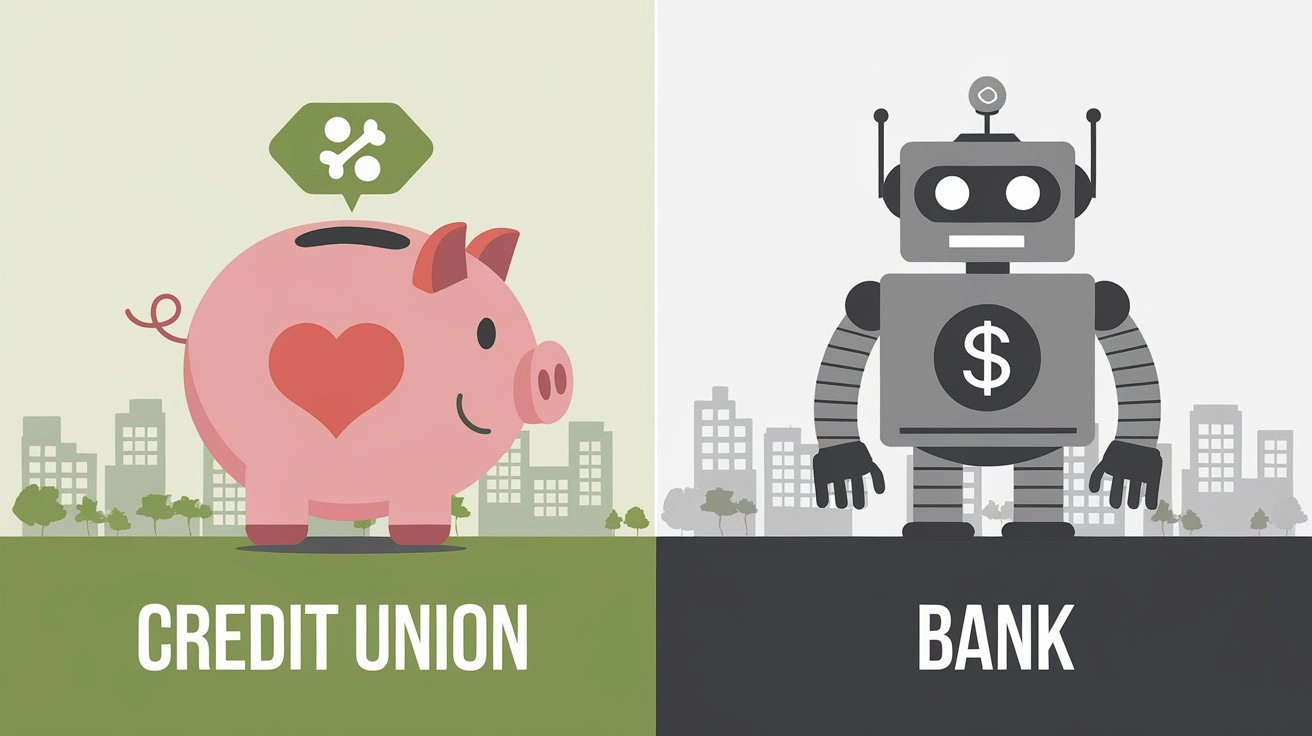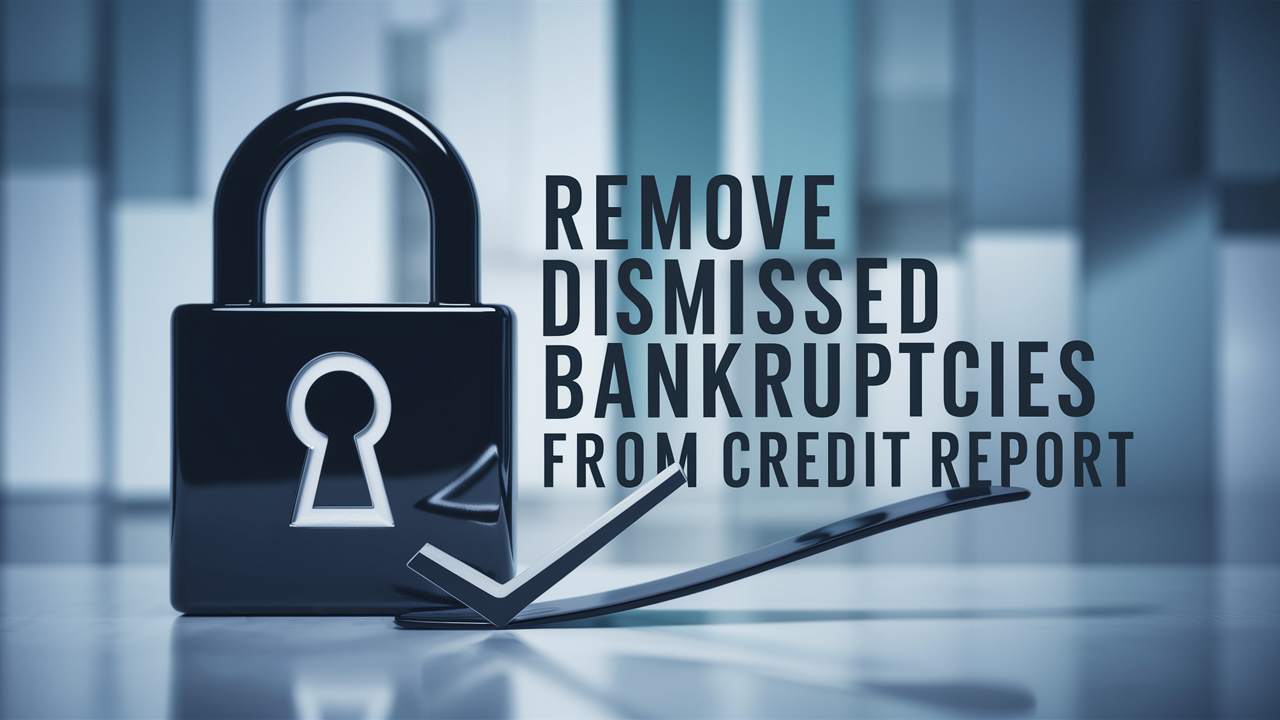How Do I Get Things Off My Credit Report?
The next part of the article will explain how to delete items that are still showing on your credit report.
A credit report stands as one of the most significant documents that define your financial life. It determines your chances of acquiring loans, credit cards, mortgages, insurance premiums, apartment leases, and employment. Thus, it would be wise to check whether the credit report that you have is complete and correct. If there are any discrepancies or incorrect entries on your credit report, you should seek to have all the errors, negatives, or fraudulent accounts you know of deleted. Take note of the following as a detailed process of how to challenge credit report mistakes and, therefore, enhance one’s credit status.
Get Your Credit Reports The first step is to request your credit reports so you can go through them and verify their accuracy. Each consumer is allowed to access his or her credit report for free once a year from the three credit bureaus that operate in the US, including Experian, TransUnion, and Equifax. They can be requested from annualcreditreport.com. It is also important to get the reports from all three bureaus because there might be a variation in the information given by each bureau.
Review All Details Carefully Therefore, make sure to review each credit report thoroughly to identify any discrepancies. Some typical ones include: Some accounts are not yours Some of the accounts might be inactive or have a different status than what is reported Some names have been spelled wrong Some of the addresses are wrong You may find charges you did not make or accounts that should be closed but are still listed as open Some of the payment records listed may be missed ones, when in fact they were made on time Ensure that the positive payment histories for each account are not truncated.
Disputing Errors with Credit Bureaus If you can identify any error or fraud in the reports, it is highly advisable to report it to the credit bureaus in question. There is also an option for disputing online, by mail, and even by phone. It is useful to be very precise when explaining the mistakes – state clearly why the information provided is wrong and if any documents support the statement. The credit bureau often has 30 days in which to investigate the disputed item.
Inform the Creditors about the Problems With the Report This should be done in addition to disputing errors with the credit bureaus Also, consider contacting your creditors who could have reported the wrong information. Let them know which information they are reporting incorrectly and request them to record the credit bureaus with the corrected information. The idea of having the creditors rectify the problems on their own is likely to reduce the time required to complete the dispute investigation.
Any dispute, regardless of its nature, must be followed up to achieve a resolution or to collect any outstanding evidence and documentation for possible future litigation. In the next phase, contact the credit bureaus and creditors to ensure that the disputes filed were properly handled and being investigated. In case errors are still evident in your reports after the first round of dispute, you can further dispute them, or you can also opt for a manual review of your file. The bureaus are entitled to remove the negative items if they cannot verify the accuracy of your credit reports.
Add a Consumer Statement If you are sure negative marks are real, yet they are still weighing down on your credit, you can appeal to add a consumer statement to your file. This statement helps you to explain the nature of negative items – 100 words maximum on each report, on what you have to say on the matter. Others who may require a loan or credit will then find your explanations of what happened, and this might affect their credit granting.
Appeal Again if Needed It is not rare for all the errors to be corrected in one single dispute or appeal. Therefore, if items that you consider fake are not taken down right away, consider yourself persistent. Remain in a state of dispute and request for the reviews of your dispute until you have achieved the desired correction of inaccurate results. According to consumer laws, credit bureaus are required to conduct a comprehensive investigation of any reasonable dispute from the consumers.
Improve Future Habits While removing incorrect information from credit reports, it is also important to reform bad behaviors that led to negative marks in the past – payment of loans or credit cards. Always ensure timely payment of all the current bills, hence no more overdue payments, maintain credit card utilization below 30%, and use credit loans judiciously. To improve credit scores, one should begin paying all the credits that reflect well on the credit report to counter bad credit.
Monitor Regularly After you have effectively managed to eliminate all the errors and fraudulent accounts from your credit reports, ensure you carry out the process again periodically to ensure that there are no new problems arising. Free weekly access to credit reports is available for many personal finance websites and applications. Separating monitoring from disputing also makes it easier to notice new points of contention more quickly.
Erasing negative items on credit reports may take several weeks and effort to prove the entries in question as false. However, it is worth getting complete work through the entire dispute process to help eliminate errors that are hurting credit. By developing healthy habits of reporting credit history there will be an improvement in finances for the next several years. Do not wait to be active, you can compel those credit bureaus to correct even the most entrenched error on your reports.
Ready to boost your credit score? Call +1 888-804-0104 now for the best credit repair services near you! Our expert team is here to help you achieve financial freedom and improve your credit. Don't wait—get started today!



